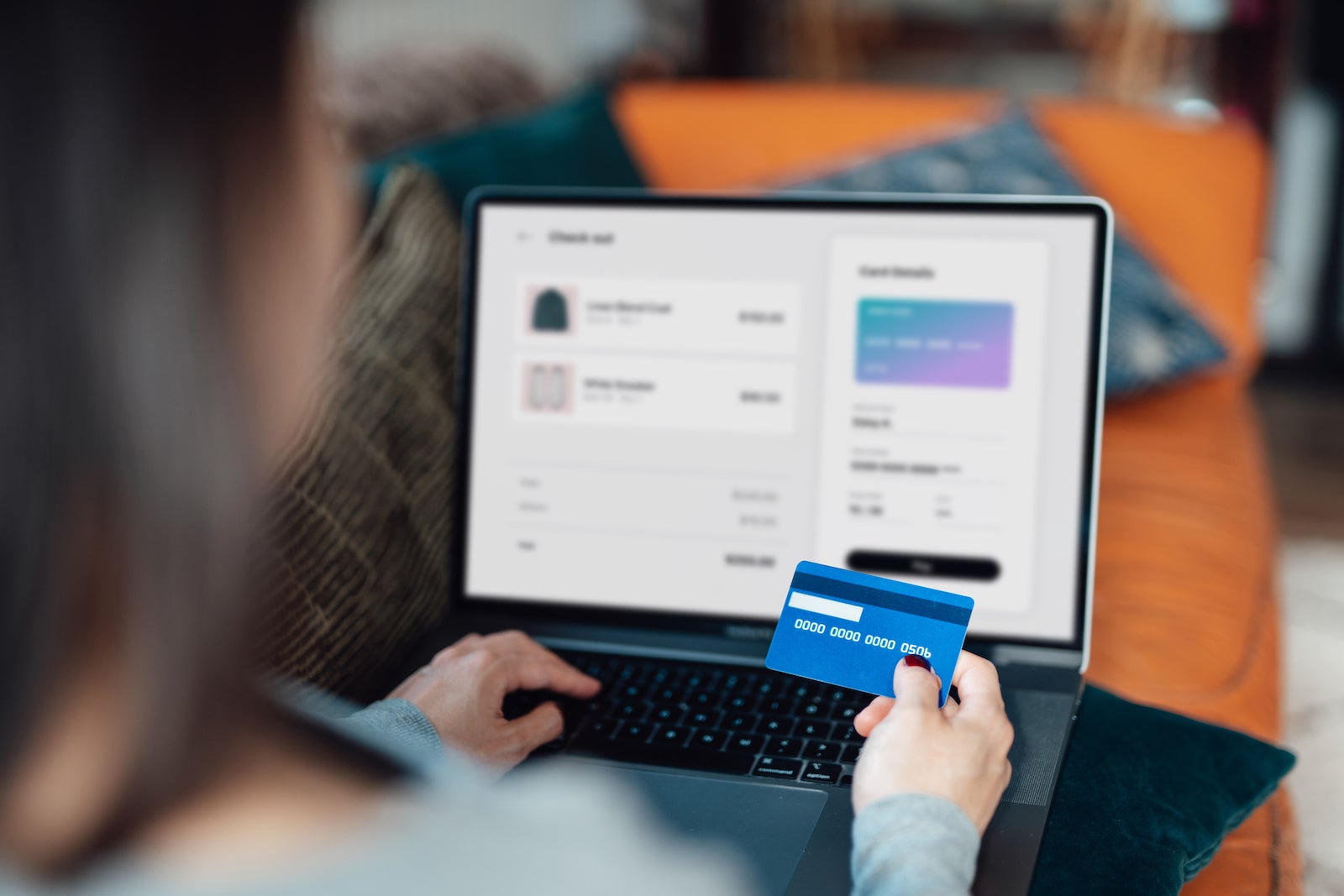HOSTED BY: 1 AIR TRAVEL
As you look for strategies to increase the number of your credit card rewards points, have you ever wondered about the numbers that form the foundation for all that earning potential? Each of those figures plays a role in each purchase you make. They help merchants know that your card is real, and they help banks process those transactions in a matter of seconds.
So what do all these numbers actually mean? Today, we’re going to break down the parts of a credit card number.
For more TPG news delivered each morning to your inbox, sign up for our daily newsletter.
In This Post
The numbers
Let’s start with the first digit. This is called the Major Industry Identifier (MII) and helps identify the card’s network:
3 — American Express4 — Visa5 — Mastercard6 — DiscoverThe next four or five digits on the card indicate the bank that issued the card. Together with the MII, these make up the first five or six digits of your credit card number and are known as the BIN (Bank Identification Number) or the IIN (Issuer Identification Number).
The remaining digits are unique to you: they make up your actual individual account number.
The final digit of your credit card number, though, is actually not part of the account. It’s known as a check digit, which is used to verify that your card is real. When your credit card is processed, a system known as the Luhn algorithm uses this last digit to ensure that your card number is a real one.
So if, for example, your card number were 5432 1234 5678 9101, your number breakdown would be:
The first digit (5) indicates that your card is part of the Mastercard network.The next five numbers (43212) indicate the bank that issued your card; together, those first six numbers (543212) make up the BIN.The remaining numbers (3456789101) are your individual account number.The divide
With some clear methods behind the credit card number madness, you might also wonder if there is a reason your credit card number is generally divided into groups of four numbers.
The answer? Simplicity. The number is divided this way to make it easier to read your number aloud over the phone, according to Mark Nelson, a senior vice president at Visa.
Expiration date and CVV
Both the expiration date and the CVV, or security code, serve as additional security features on your card. When you place an order over the phone or online, you will almost certainly be asked to give these numbers, which help ensure that you are actually holding the card in your hand at the time of your purchase.

OSCAR WONG/GETTY IMAGES
The CVV (card verification value) is a number three or four digits long. On a Visa or Mastercard, the CVV is usually on the back of the card. An American Express card, however, has its four-digit CVV on the front of the card.
Note that an American Express card may also have a three-digit code on the back. This is known as a CID (card identification data) number and is an added security measure. Since it is not the CVV, though, your card will be declined if you try to use it instead of the actual CVV on the front of the card.
Bottom line
While they might seem random at first glance, all the numbers on your credit card serve a specific purpose. You don’t need to think about them in order to reap maximum benefits from your card, but it’s nice to know the purpose behind those powerful little numbers.
Additional reporting by Emily Thompson.
Featured image courtesy of mixetto/Getty Images.
Title: What do the numbers on your credit card mean?
Sourced From: thepointsguy.com/guide/decoding-credit-card-numbers/
Published Date: Mon, 05 Sep 2022 18:00:43 +0000
No comments:
Post a Comment